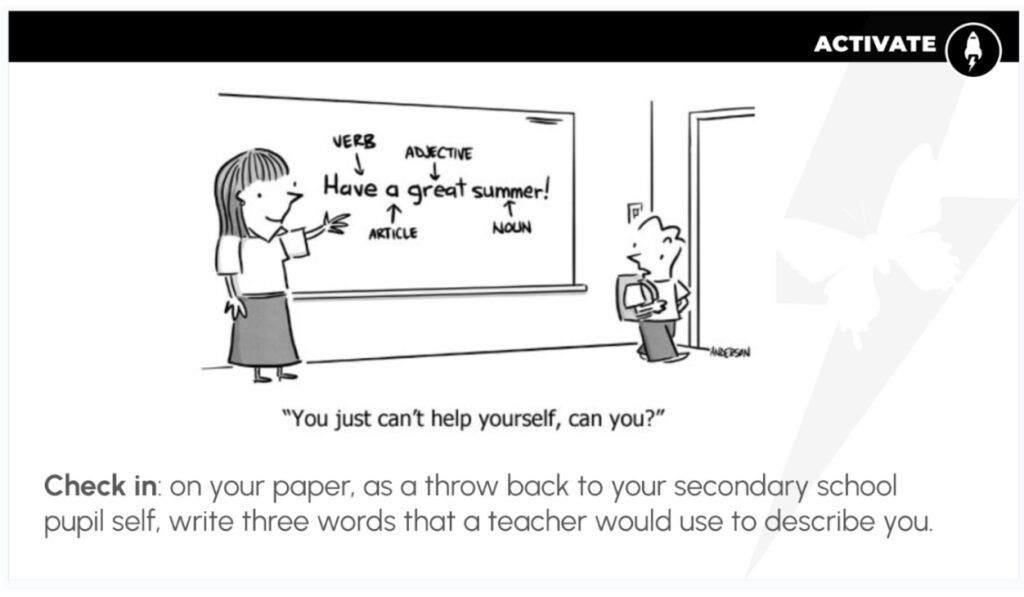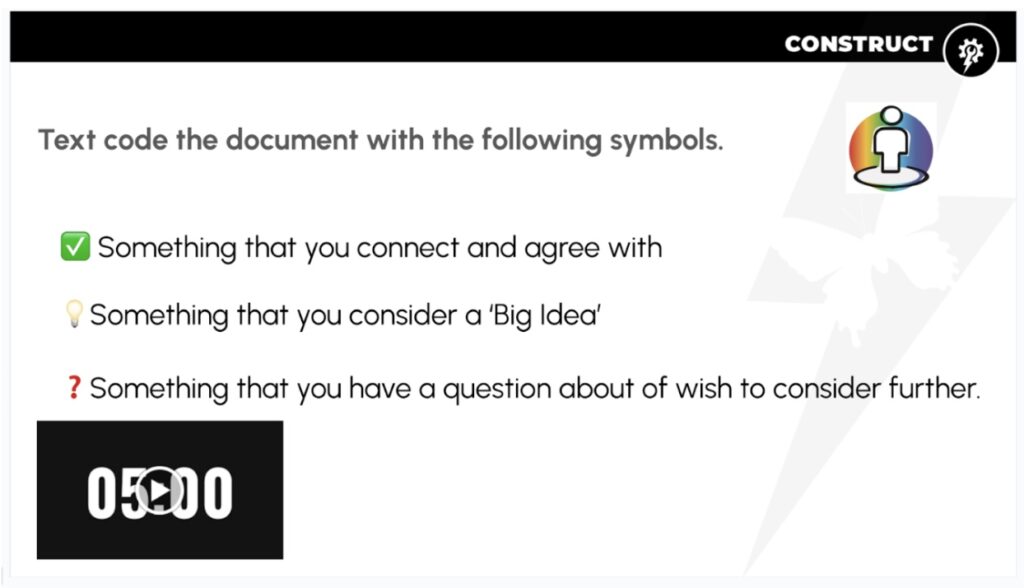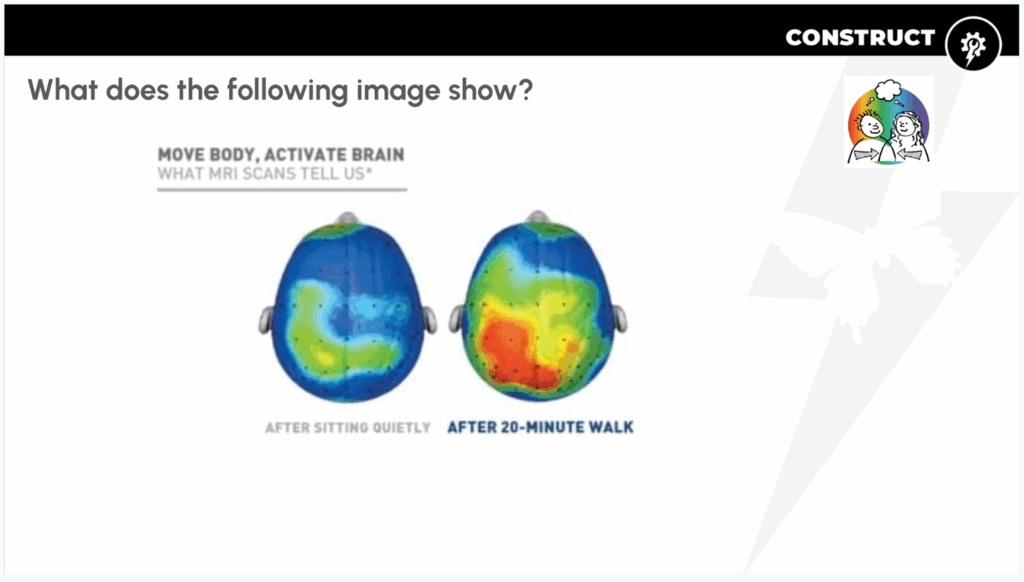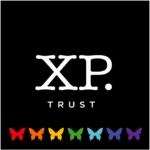Building the Bedrock: The Rationale for Our Classroom Culture PD
As XP Trust educators, our commitment extends beyond content delivery; it is fundamentally about ensuring every student becomes the best version of themselves through our Three Dimensional approach: character growth, beautiful work, and academic success. This is only possible when our core principle rings true: “When we get Crew right, we get everything right”.
Our recent professional development session, focusing on establishing routines and creating strong classroom culture, was a direct and intentional investment in this core principle. It was a call to look closely at the “countless little things” that transform a simple classroom into a high-functioning Crew environment that is safe and conducive to truly ambitious work.
The fundamental focus of this work is building “Crew” through shared experiences and activities, beginning with the core concept: Everything begins with Crew.

The session immediately engaged staff in a Crew activity. Staff were asked to independently write down three words they believed their own secondary school teachers would have used to describe them. Once completed, each member scrunched their paper into a ball, and we moved to the hall for a “snowball fight” .
Naturally, we established ground rules for the game. Nevertheless, many staff inevitably broke these rules within seconds by launching the ‘snowballs’ at targets well above the upper leg limit! Once the throwing had finished and we had recovered our collective breath, we circled up, unravelled a random “snowball,” and read out the words. This was illuminating to say the least, and we had a great time trying to guess which description belonged to which teacher!
Following the activity, we unpicked its rationale and uses. Like many Crew activities designed to support relationship development and classroom culture, this one was underpinned by several key factors: it was a shared experience, accessible to all, included fun and laughter, and perhaps most importantly, revealed something personal about those involved.

🧠 Deepening the Discussion: Classroom Culture and Evidence
Following the activity, staff were asked to independently write their own definition of ‘classroom culture.’ A universal, agreed-upon definition was then shared. Next, staff worked in groups to list all the things they thought contributed to creating a positive, vibrant, and effective classroom culture.

We captured these ideas and then moved on to reading educational research from the Education Endowment Foundation (EEF). The resources shared referenced evidence-based research that highlighted effective strategies and practices for promoting culture development—a particularly timely topic as we were in the throes of the autumn term. We text-coded this artefact focusing on connections, big ideas and questions that staff may have.

It is worth noting the research consensus here: teacher practitioners are more likely to implement ideas when they are presented as a clear, research-backed framework for effective teaching. This is exemplified by the successful integration of frameworks like Rosenshine’s Principles of Instruction in teacher training and professional development (Rosenshine, B., 2012).
The 5-a-Day Pillars of Effective Culture
Our professional discussion centered around five high-impact areas, informed by research from the Education Endowment Foundation (EEF) and designed to build robust classroom cultures from the ground up:
- 1. (Re-)Establishing Learning Routines : Behavioural habits and routines, supported by high expectations from all staff, are key. In the session, we explored specific micro-routines, asking: How will you greet pupils at the door? and What will they do when they first enter your classroom?. This precision ensures that consistency becomes the bedrock of every session, promoting security and allowing students to be present and engage fully. This ties directly into the Management in the Active Classroom (MITAC) aspect of our Core Practices, focusing on routines, norms, and consistent adult behaviour.
- 2. Building Strong Relationships : “Know your pupils” is a non-negotiable. This isn’t a shortcut; it requires dedicating time to understand the holistic needs, hobbies, and interests of every child. We encouraged tangible, repeatable actions, such as planning a regular 2-minute conversation to get to know students as individuals. Crew is, of course, the primary structure for developing and sustaining these critical relationships.
- 4. Question, Question, Question : Effective questioning ensures that thinking is made visible for both students and the teacher. We challenged ourselves to model and scaffold powerful metacognitive questions and employ questioning strategies that ensure every pupil engages. This connects directly to Instruction (CP24), using checking for understanding protocols to swiftly track learning and adapt teaching to meet the needs of all students.
- 5. Contact Home : Parental engagement is a powerful lever, consistently associated with improved outcomes, particularly for disadvantaged pupils. Our discussion focused on maintaining a healthy balance of positive contact—our ‘deposits’—so that when difficult conversations are necessary (our ‘withdrawals’), the relationship is one of mutual respect and trust. We advocated for focusing communications on key habits, like work routines, organisation, and reading. This intentional communication is essential for the ‘Be Kind’ aspect of our Habits of Work and Learning (HoWLs).
Embracing Movement, Collaboration, and Reflection

The professional development session itself modelled the very culture we aspire to foster, utilising several XP Trust Core Practices to drive engagement:
The professional development session itself modelled the very culture we aspire to foster, utilising several XP Trust Core Practices to drive engagement:
- Protocols in Action: We used a ‘Snowball Fight’ check-in to start, immediately modelling a fun, structured way to build energy and follow rules. The session then leveraged Gallery Walk and Popcorn protocols (CP23) to ensure every voice was heard, ideas were collected quickly, and every participant was active—Crew, not passengers.
- The Science of Movement: By moving around during the session, collecting quotes and text-coding the reading , we physically reinforced the insight that movement activates the brain . Movement isn’t just about restlessness; it’s about making connections —the foundation of learning and culture in every XP school.
- Reflection for Tomorrow: The ultimate question tying the whole session together was: “How is the classroom culture going to be better tomorrow than it was today?”. This focus on a pledge and continuous improvement aligns with our commitment to developing excellent practice (CP47) and cultivating the self-aware, active learner we champion.
Building classroom culture is an ongoing process of conscious design, relentless follow-through, and collaborative reflection. This professional development was a vital touchstone to ensure we are all equipped with the specific, actionable strategies to build the strong Crew culture that underpins all the beautiful, purposeful work our students produce.



